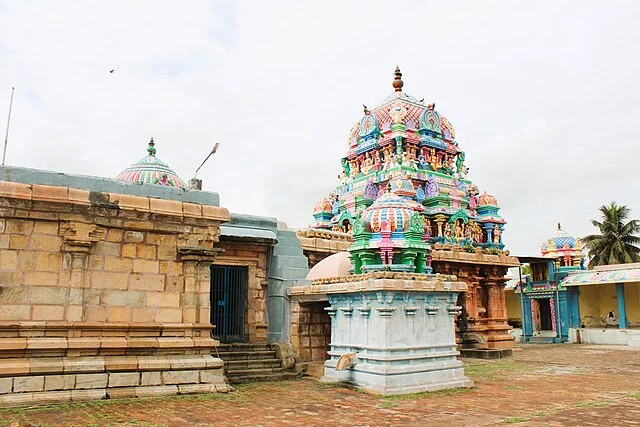The Pasupatheeswarar Temple in Aavoor, Tamil Nadu, is a significant Hindu temple dedicated to Lord Shiva. It is one of the many ancient temples in the region with a rich historical and architectural heritage. The temple, primarily known for its Dravidian style of architecture, attracts pilgrims and researchers alike due to its unique features and historical importance.
Get your dose of History via Email
History and Origin
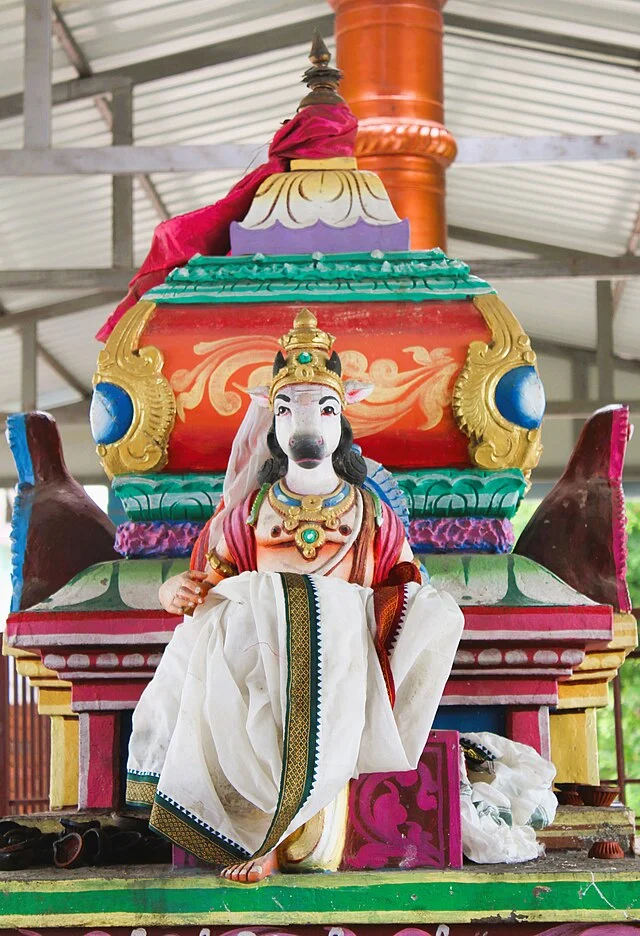
The temple dates back to the Chola period (c. 9th to 13th century AD), a time when Tamil Nadu witnessed a rise in the construction of monumental temples. The Pasupatheeswarar Temple is believed to have been built by the early Cholas. However, later additions and renovations were made during the reign of subsequent Chola kings. The temple is also connected to the legend of Lord Shiva’s grace and mercy, as it is believed to have been the site where Lord Shiva appeared as Pasupatheeswarar to bless his devotees.
Architecture
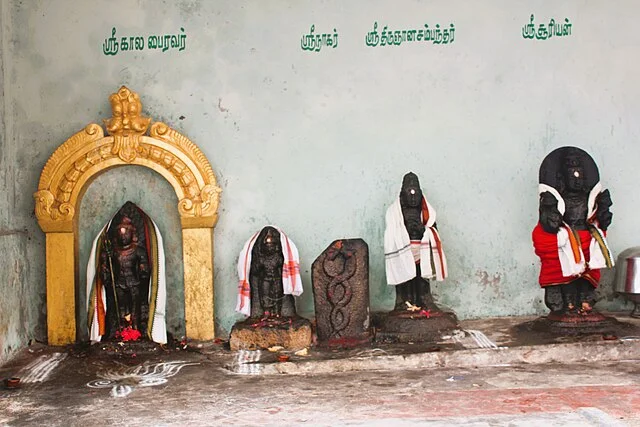
The architecture of the Pasupatheeswarar Temple reflects the typical Dravidian style, characterized by towering gopurams (gateway towers), intricate sculptures, and expansive courtyards. The temple complex consists of a sanctum, an ardha mandapa (entrance hall), and a maha mandapa (grand hall), which are all richly decorated with sculptures of gods, goddesses, and various mythological figures. The main deity, Pasupatheeswarar, is housed in the central sanctum, and the temple features various other shrines dedicated to deities such as Lord Vishnu and Goddess Parvati.
The towering entrance gopuram is one of the most notable features of the temple. It is adorned with vibrant sculptures that depict stories from Hindu mythology. Inside, the main sanctum houses a Shiva lingam, the representation of Lord Shiva. The presence of various inscriptions in the temple provides valuable historical insights into the region’s religious practices during the Chola dynasty.
Religious Significance
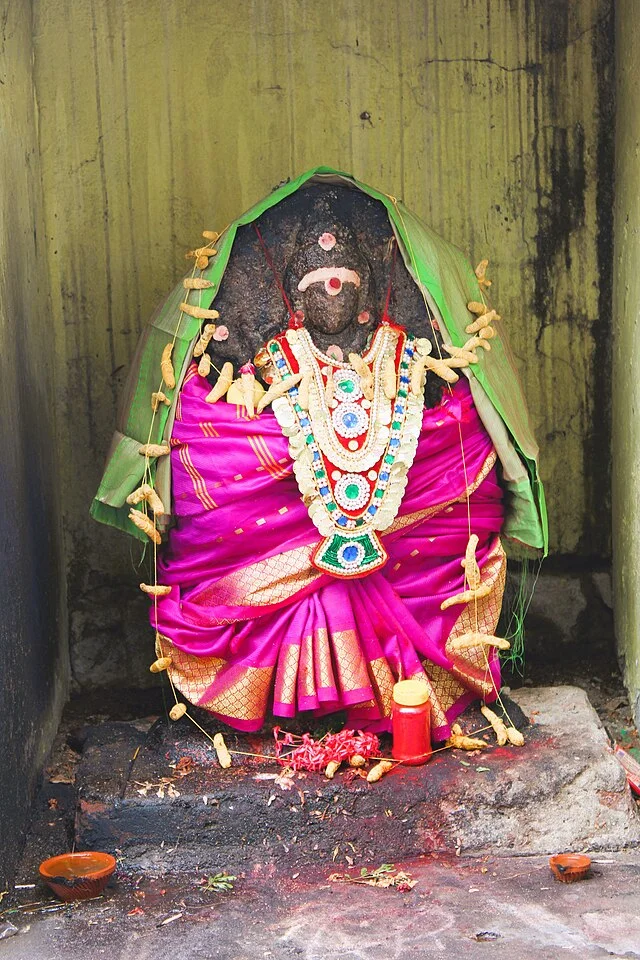
The Pasupatheeswarar Temple holds great religious significance for devotees of Lord Shiva. It is an important pilgrimage site for those following Shaivism. Pilgrims visit the temple to seek blessings, particularly for peace and prosperity in their lives. The temple is also linked to several legends, including the belief that Lord Shiva performed various miracles here.
The temple hosts annual festivals, most notably Maha Shivaratri, which attracts large crowds of devotees. During this festival, rituals, prayers, and processions are held to honor Lord Shiva. The temple’s spiritual ambiance and its serene environment make it a place of reflection and worship.
Inscriptions and Historical Value
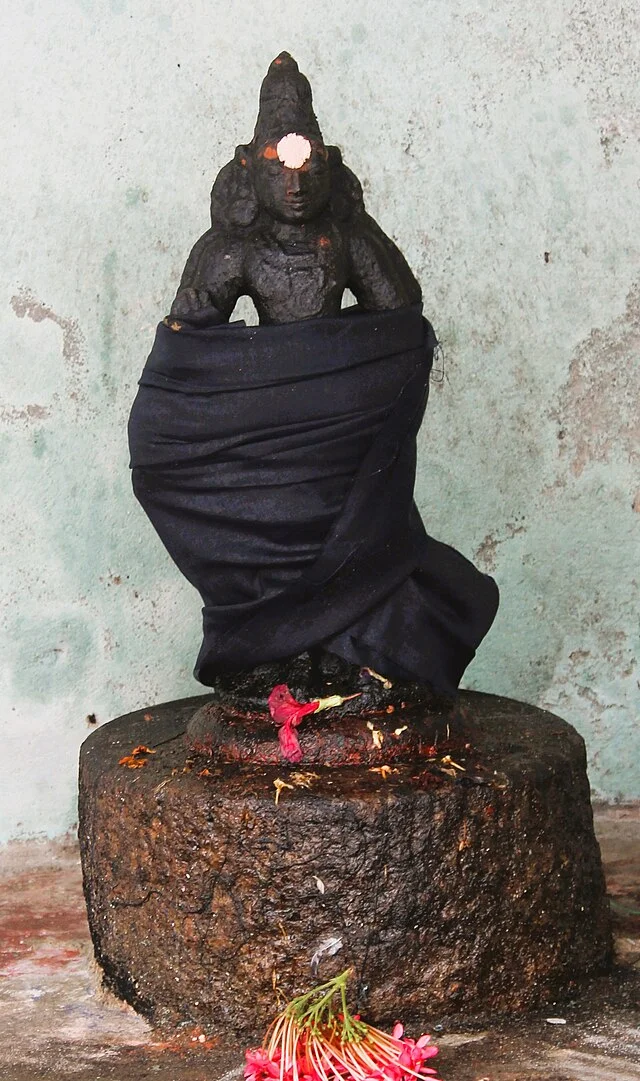
The temple is home to several inscriptions that shed light on the religious and political landscape during the Chola period. These inscriptions provide information about the donations made to the temple by Chola kings and the services provided by the temple to the local community. The inscriptions are crucial for understanding the administrative structure and cultural life during this era.
Archaeological studies of these inscriptions suggest that the Pasupatheeswarar Temple was a central point for the dissemination of religious practices and ideas in the region. It also serves as a reminder of the Chola dynasty’s influence on Tamil culture and religion.
Conclusion
The Pasupatheeswarar Temple, Aavoor, is a vital historical and religious site that showcases the grandeur of Dravidian temple architecture. Its rich history, religious importance, and architectural beauty make it an essential destination for scholars and pilgrims alike. As research continues, the temple’s significance as a cultural and historical monument will only become more evident.
Source:

